 This week’s article was written by an online friend of mine, Laura Pearson, who shared it with me via email. When I read her article, I realized that my daughter Jodie has incorporated many of these tips into her home and family life. They’ve been useful to my grands. Although they are all teens now, they have been using tools like these since they were in grade school.
This week’s article was written by an online friend of mine, Laura Pearson, who shared it with me via email. When I read her article, I realized that my daughter Jodie has incorporated many of these tips into her home and family life. They’ve been useful to my grands. Although they are all teens now, they have been using tools like these since they were in grade school.
These tips will assist parents using regular school options, as well as those who homeschool. In both cases we want our children to be able to love and feel comfortable learning. Take a look, there may be resources you have missed that would help your children. You may also expand those resources you currently use.
Nurture Your Child’s Love for Learning: Practical Tips for Parents
Parents uniquely influence how children view learning and approach new challenges. Creating an environment where curiosity thrives can deeply impact a child’s enthusiasm for exploring new ideas. Engaging in open conversations and sharing their discoveries can inspire children to see learning as an exciting, ongoing journey. Encouragement and gentle guidance allow them to build confidence and resilience in tackling unfamiliar subjects. The warmth of shared experiences makes learning feel both rewarding and natural, laying a foundation for an enduring connection with education.
Inspire Lifelong Learning by Pursuing Your Education
Pursuing an online degree offers the perfect blend of flexibility and opportunity, allowing you to dive deeper into subjects that fuel your curiosity. If you’ve been putting off getting a degree, this option enables you to pursue your dream while managing other responsibilities. For instance, by choosing a degree in accounting, you can build expertise in managerial accounting, estate taxation, and accounting research through the many available programs. Most importantly, your commitment to higher education sets a valuable example for your children, inspiring them to embrace lifelong learning.
P.S. From Mary Ann – My adult children have commented that my continuing learning has helped them do the same. I finished my undergraduate degree in my 40s with my seventh child on my hip. My son returned to school in his thirties and received a degree in Philosophy. My 50+ daughter Jodie, is currently getting more education in counseling despite being a single mom with four teens, one with cerebral palsy. And so it has gone. Our investment in our education is a powerful example for our kids.
Crafting a Focused Learning Environment for Your Child
Creating a dedicated space for learning at home can significantly enhance your child’s ability to concentrate and be creative. Consider setting up a study area free from distractions, with a desk positioned near a window to take advantage of natural light. This setup not only improves focus but also reduces eye strain. Incorporate ergonomic furniture and organized storage solutions to maintain a clutter-free environment and ensure a reliable internet connection to access online resources. These elements create a conducive atmosphere for learning.
Enhancing Learning with Digital Tools
Digital tools can transform your child’s educational experience by making learning more interactive and engaging. Start by introducing one or two educational apps or online resources to avoid overwhelming them. Interactive quizzes can make review sessions fun, while digital simulations offer hands-on experiences in subjects like science. This approach caters to different learning styles and encourages collaboration and critical thinking, keeping your child motivated and curious.
Enhancing Children’s Reading Experience with Interactive Books
Integrating interactive e-books and audiobooks into your child’s reading routine can make reading more engaging and accessible. These tools cater to various reading abilities and can significantly boost reading test scores. Interactive features in e-books help direct attention to key information, enhancing comprehension. By providing a diverse range of reading materials, you can make reading both educational and entertaining for your child.
P.S. From Mary Ann – My youngest daughter, Kate, has used this extensively with her three children. Audiobooks were part of their daily experience since they were very small. One of her children was diagnosed with ADHD last year. She is twelve, but an excellent reader. I think that is, in part, due to her constant immersion in this type of learning.
Celebrate Reading Achievements to Foster Lifelong Learning
Encourage your child’s love for reading by marking their achievements with rewards that feel meaningful to them. Incentives can inspire children to read more and foster a sense of pride in their accomplishments. When reading feels rewarding, it can become a source of joy rather than a task. This approach helps cultivate a lifelong appreciation for books and storytelling. Celebrating each milestone adds a positive layer to their reading journey, making it something they look forward to.
Harnessing Real-World Scenarios for Effective Problem-Solving Skills
Incorporate real-world scenarios into your child’s problem-solving exercises to enhance their critical thinking skills. Present them with practical challenges, such as deciding what to wear on a rainy day or resolving a disagreement with a friend. This approach helps them develop the ability to make informed decisions and think creatively, equipping them with essential life skills.
Empowering Children Through Community Service Projects
Getting children involved in community service can nurture essential life skills and strengthen their social bonds. Participating in projects that involve teamwork, empathy, and leadership brings these qualities into practice, creating a meaningful space for personal growth. Such experiences introduce children to real-world settings where they can actively apply their interests. When activities connect to what they naturally enjoy, their commitment grows stronger.
Creating an environment that fosters curiosity helps your child feel confident in exploring new ideas and discovering their interests. When children sense genuine interest and encouragement, they feel safe to question and challenge what they see. This atmosphere nurtures a love for learning that can deepen over time, becoming part of how they view the world. As they grow, this foundation supports their natural curiosity and motivation to seek knowledge. Your presence and support can make learning an exciting, ongoing journey rather than just a requirement.
Discover practical tips for strengthening family bonds at Mary Ann Johnson Coach – your go-to resource for relationship transformations for busy parents! (Thank you for adding this, Laura.) : )
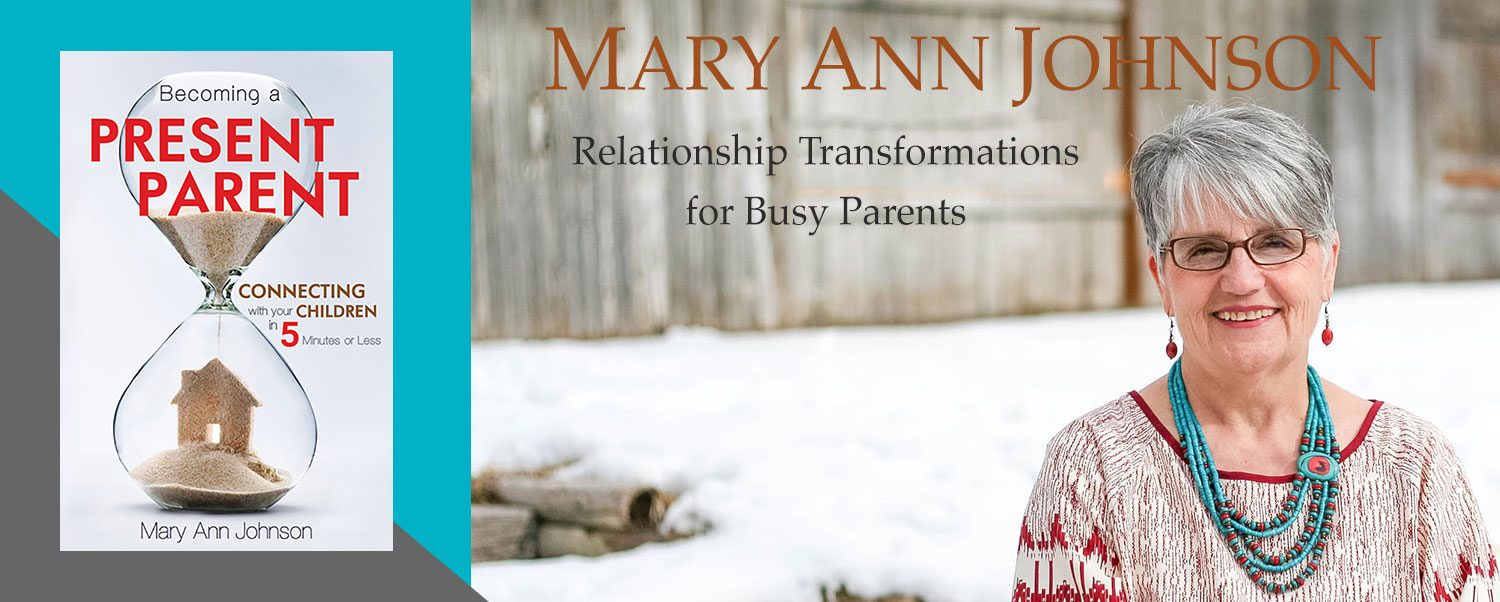



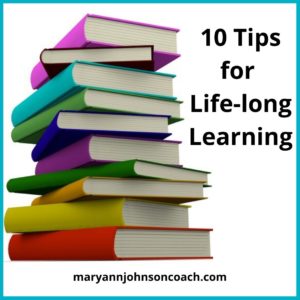 For many families, school has begun in earnest. Whether you are using the public system, a private system, or homeschooling, September usually means we are deep into it. Some years back, I wrote an article about how to help children remain lifelong learners, to become lovers of learning.
For many families, school has begun in earnest. Whether you are using the public system, a private system, or homeschooling, September usually means we are deep into it. Some years back, I wrote an article about how to help children remain lifelong learners, to become lovers of learning.
 In our district, kids are going back to school only two days a week. WHAT!!
In our district, kids are going back to school only two days a week. WHAT!!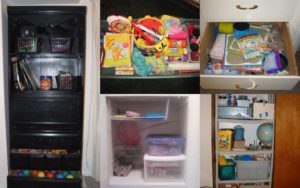 dresser, or any other place you can put new items to share with your children. It’s not the same as a storage space where you keep your learning materials, books, and craft items. Its purpose is to create a time and place when your children will be exposed to new and exciting ideas or be able to engage in things that already interest them, and where parents connect with their kids. It’s a time and space where both adults and kids can share what they feel joy or passion in, and what interests them, their SPARKS. I’ll share information on how powerful SPARKS can be.
dresser, or any other place you can put new items to share with your children. It’s not the same as a storage space where you keep your learning materials, books, and craft items. Its purpose is to create a time and place when your children will be exposed to new and exciting ideas or be able to engage in things that already interest them, and where parents connect with their kids. It’s a time and space where both adults and kids can share what they feel joy or passion in, and what interests them, their SPARKS. I’ll share information on how powerful SPARKS can be.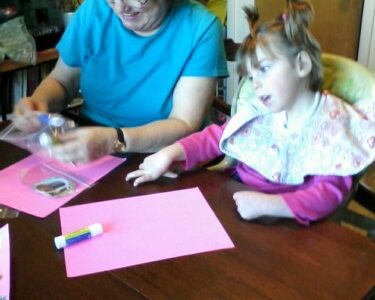
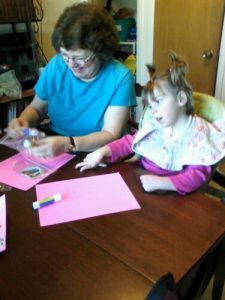
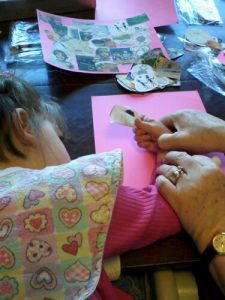
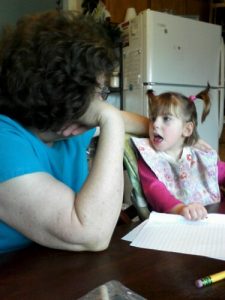

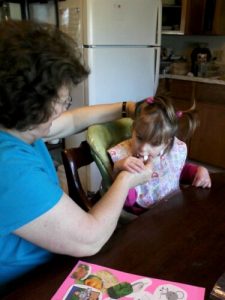 Of course, they ended their “m” session by eating marshmallows. Maggie enjoyed that the most!
Of course, they ended their “m” session by eating marshmallows. Maggie enjoyed that the most!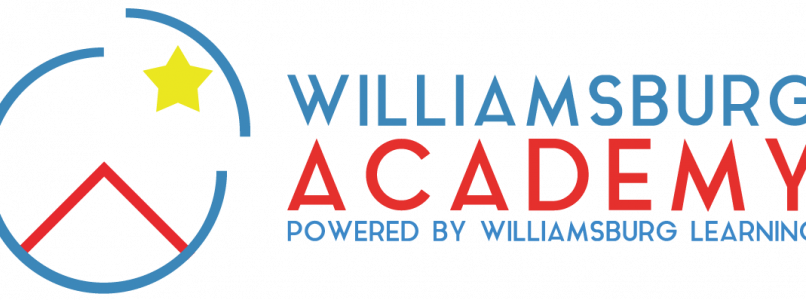
 I learned two new words that relate to online schools, asynchronous and synchronous.
I learned two new words that relate to online schools, asynchronous and synchronous.